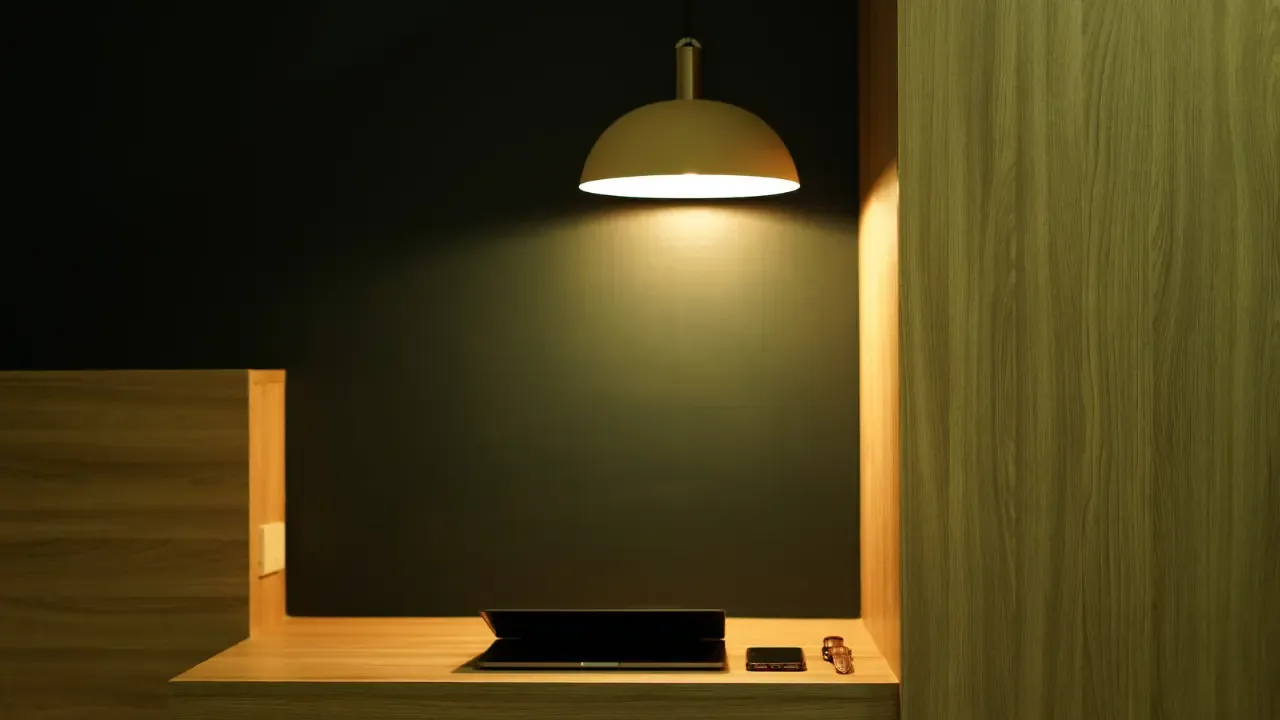How do I add static pages to WordPress?

How to Add Static Pages to WordPress: A Beginner's Guide 📝🔨
So, you want to add your own static HTML pages to your WordPress website? It's actually not as complicated as it may seem! In this guide, we'll walk you through the process step by step and address any common issues you may encounter along the way. Let's dive in! 🏊♀️💻
Understanding the Challenge 💡❓
By default, WordPress is primarily built for dynamic content, which means that it generates pages on the fly based on your templates and database content. However, there are times when you may want to add static pages to your WordPress site, such as an "About Us" or "Contact" page. Fortunately, WordPress provides a simple way to achieve this.
Step 1: Create Your Static HTML Page 🖌📄
To begin, create your desired static HTML page using your favorite code editor or even a basic text editor like Notepad. Save the file with a .html extension, for example, products.html. Make sure you include all the necessary HTML markup, CSS, and JavaScript code within this file.
Step 2: Upload Your HTML Page to WordPress 📤🌐
To add your static page to WordPress, you need to upload it to your WordPress installation in the correct directory. You can do this easily using an FTP client like FileZilla or through the hosting provider's file manager in your cPanel.
Navigate to the root directory of your WordPress installation, usually called "public_html" or "www", and look for the folder named wp-content. Inside this folder, create a new folder (if not already present) called static. Upload your products.html file into this static folder.
Your file structure should now look like this:
- wp-content
- static
- products.htmlStep 3: Add a Custom Menu Item in WordPress 🔗🖥
To make your static page accessible through your WordPress website's navigation menu, you need to add a custom menu item.
Login to your WordPress admin dashboard.
Navigate to Appearance -> Menus.
Create a new menu or select an existing one.
On the left-hand side, under "Custom Links," add the URL of your static page. For example,
http://yourwebsite.com/static/products.html.Enter a label for the menu item, e.g., "Products".
Click "Add to Menu" to add the custom menu item to your menu.
Arrange the item's position within the menu, and don't forget to save your changes.
Step 4: Access Your Static Page 👀🌍
Now that your static page has been added to your WordPress site and linked in the menu, you can easily access it!
Simply visit your WordPress website and click on the "Products" menu item you just created. This will take you to your static products.html page, seamlessly integrated into your WordPress site.
Troubleshooting Tips 🛠🚧
If you're experiencing any issues or your static page isn't working as expected, consider the following troubleshooting tips:
Double-check the file format and location of your static page in WordPress. Make sure it's correctly uploaded to the
/wp-content/static/folder.Verify that the URL of your static page is correct in the custom menu item. One small typo can cause a link to break.
Ensure your static HTML page contains all the necessary CSS and JavaScript code required for its proper functionality.
Clear your browser cache and try accessing the static page again to rule out any caching-related issues.
Your Journey Begins! 🚀🌟
Congratulations! You've successfully added your own static HTML page to WordPress and made it easily accessible through your website's menu. We hope this guide simplified the process and helped you overcome any obstacles you might have encountered. Now it's time to explore further and create amazing static pages for your WordPress site.
Feel free to leave any questions or share your experience in the comments section below. Happy coding! 💻🎉
Take Your Tech Career to the Next Level
Our application tracking tool helps you manage your job search effectively. Stay organized, track your progress, and land your dream tech job faster.



